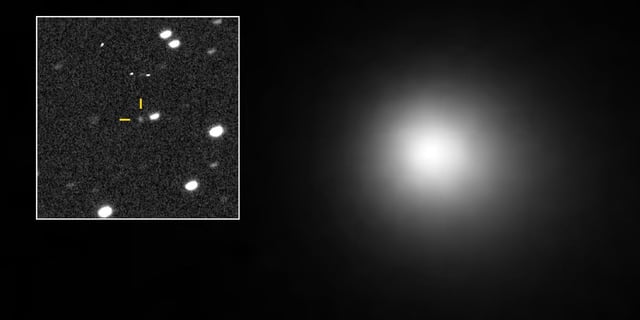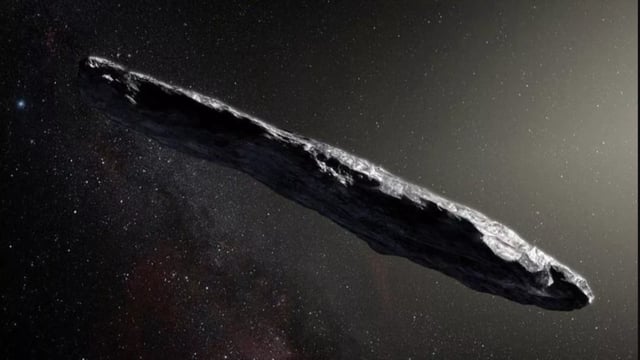Overview
- 3I/ATLAS, detected on July 1, is the third confirmed interstellar object to enter our solar system.
- It travels at roughly 152,000 mph and spans an estimated 12 miles in diameter, making it the fastest and one of the largest interstellar objects observed.
- Most astronomers maintain a natural cometary origin, pointing to its active coma and absence of anomalous acceleration to dismiss artificial-technology claims.
- NASA and global observatories are intensifying remote observations as 3I/ATLAS approaches its late-October perihelion, with spacecraft interception ruled out by its high velocity.
- The object will move behind the Sun in late November, creating a solar conjunction that prevents Earth-based telescopes from observing it.


